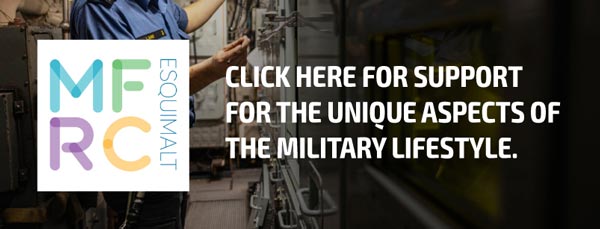Since the beginning of the year, HMCS Oriole has been inside a giant temporary shed at Port Hope Shipyard, only a stones-throw away from Victoria’s downtown Inner Harbour and the open ocean.
The longest commissioned ship in the Royal Canadian Navy is turning 91 years old this summer, and the docking work period looks to inject another nine decades of life into the historic training ship.
“There is an entirely new lower half of the ship,” says LCdr Jeff Kibble, Oriole’s Captain. “So the hull plating, the ribs, the frames, effectively the lower 10 feet of the ship, or almost everything below the water line, is being replaced in its entirety.”
Her keel sits atop a moveable steel grid and her hull is supported by giant wood and steel beams. Oriole is literally a shell of its former self. The engine, generator, tanks, fridges, and even sections of the two-inch thick teak deck have been removed to allow workers full access to her steel hull and frames.
On the “to do” check list are painting the hull and interior shell, and repairing all underwater valves, propeller, rudder and shafts. However, the area receiving the most attention is replacing the entire keel and rusted structural supports.
Glen Shippam, Oriole’s refit manager, says her age still presents unique obstacles despite many of Port Hope Shipyard workers having been involved in the ship’s refits since the 1970s and 80s.
“The major challenges with working on a 91-year-old ship are getting the original drawings and then carrying out the repairs on original structures using welding procedures in lieu of rivets,” he says. “Riveting in ships has gone the way of the buggy whip and horses.”
When built in the early 20th century, Oriole was pieced together using rivets. Modern ship-building techniques have long replaced rivets with welding, which is stronger and more durable. And while work periods over the past two or three decades have slowly replaced much of Oriole’s original riveted hull and structure, some remain in very workable shape and are found in certain sections.
“There are still lots of the original riveted frames above the water line, but the hull and the ship is effectively a new ship,” says LCdr Kibble. “She’s good for another 100 years.”
A lack of original documentation and archaic technology has required Port Hope Shipyard workers to find creative solutions; LCdr Kibble says the shipyard and all the various teams are doing a fantastic job. Visiting the site at least once a week, he says each piece, component, or machine being repaired or replaced is done so with artful precision and care.
“All the Port Hope Shipyard workers I talk to really take pride in the work they do on Oriole,” he says. “They really respect the ship and its history. They’ve worked on it over the years and so you can see the great results.”
For 16 hours a day, six days a week, about a dozen welders, platers, fitters, sandblasters, painters, machinists, and electricians take shifts working away inside and outside the ship. A symphony of welding sparks, hammering and heavy metal music from a nearby radio are coaxing Oriole back to life.
Once the work period is completed in mid-May, all systems, radios, lights, batteries, stoves, and engines will be rigorously tested by Port Hope Shipyard to ensure everything is working correctly. Only then will Oriole will be transferred back to the navy’s care where she will run through a further series of tests.
The current work period is the largest and most significant in Oriole’s history and will be the ship’s last major structural refit. Come May, only about 15 per cent of the original Oriole will remain.
“I can’t wait, and I think I speak for the crew as well, to get back out on the water and do what we love doing,” says LCdr Kibble.
The tall ship was launched in June 1921, and in 1952 joined the Royal Canadian Navy as a training vessel for sailors. Included in Oriole’s birthday celebration this year will be a commemoration of her Diamond Jubilee – 60 years services in Canada’s navy.
Ben Green, Staff Writer













